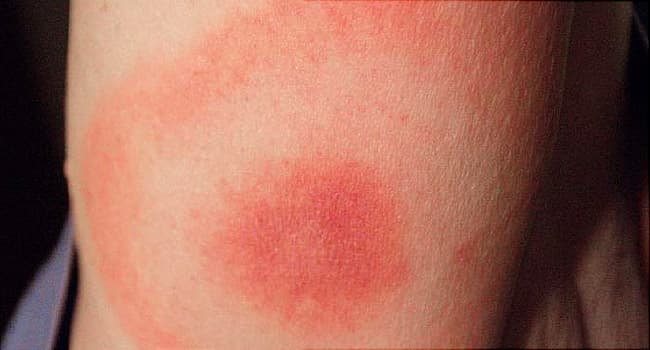Two groundbreaking approaches to combat Lyme disease, a condition that affects millions worldwide, have shown promising results. One vaccine, currently in its third stage of clinical trials, aims to protect humans directly. Meanwhile, another innovative method being deployed targets the disease at its source by vaccinating the white-footed mice responsible for spreading Lyme to ticks and then to humans. This approach, utilizing food pellets to deliver the vaccine to mice, has already demonstrated a significant reduction in the bacteria’s presence in affected areas.
The urgency of these developments cannot be overstated, given the debilitating impact of Lyme disease, particularly in regions like the Hudson Valley and Capital Region, where the disease is especially prevalent. Chronic Lyme, which persists even after antibiotic treatment, complicates the lives of a significant minority of those affected, underscoring the need for effective prevention strategies.
As the fight against Lyme disease advances, the collaboration between Valneva and Pfizer brings hope to many with their human vaccine, VLA15, showing strong immune responses in trials. However, these vaccines do not address other tick-borne diseases, highlighting the ongoing challenge in fully tackling the health risks posed by ticks. With the threat of Lyme disease looming larger due to climate change and warmer winters, the potential for these vaccines to curb the epidemic offers a glimmer of hope to those at risk.

FingerLakes1.com is the region’s leading all-digital news publication. The company was founded in 1998 and has been keeping residents informed for more than two decades. Have a lead? Send it to [email protected].
Read the full article here

Leave a Reply